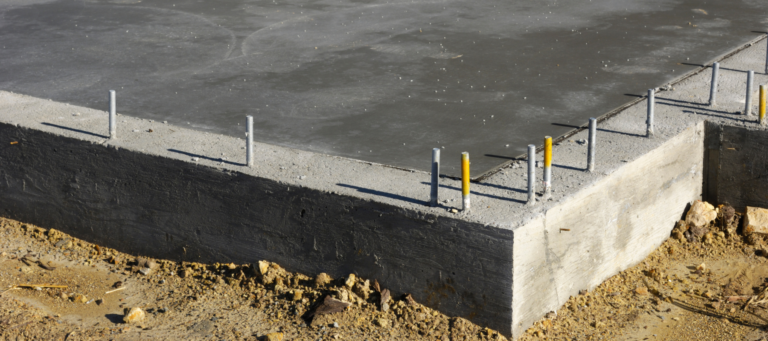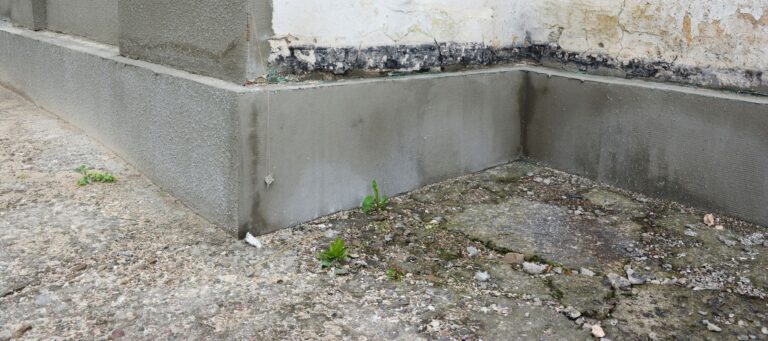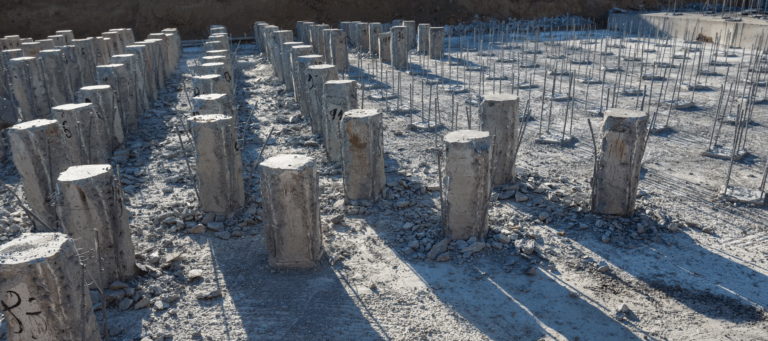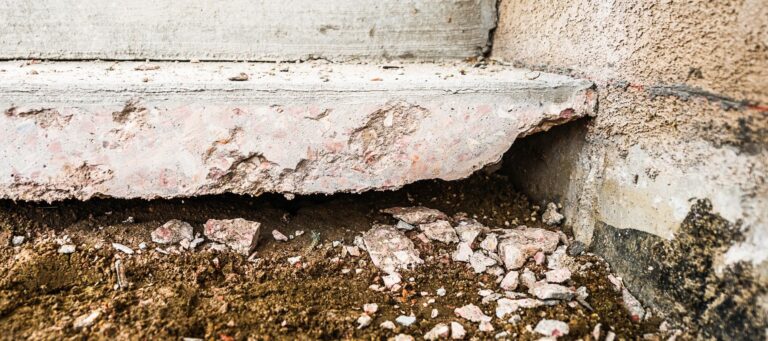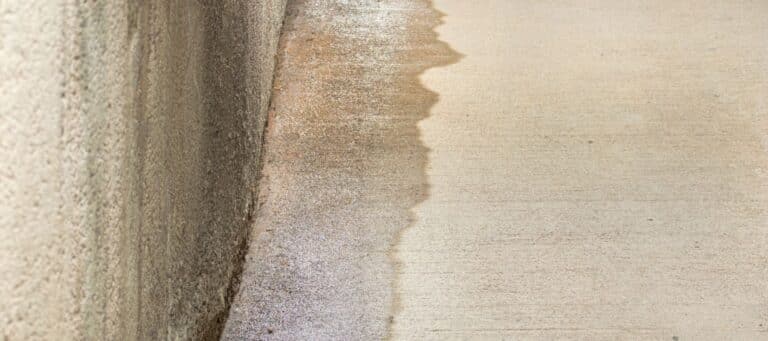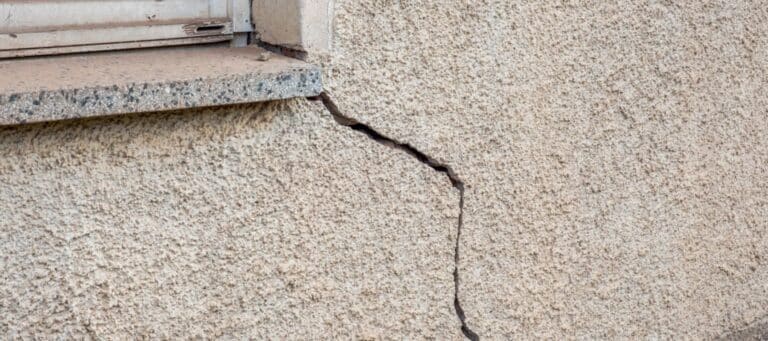Cracking In Your Fort Worth Home
Professional Foundation Repair In Fort Worth
At G.L. Hunt Foundation Repair, we recognize the stress and concern that floor and wall cracks can bring to homeowners in Fort Worth. Your home is a significant investment, and addressing these issues promptly is crucial to maintaining its structural integrity and ensuring your family’s safety.
Cracking walls or floors can be a big symptom that something is wrong. Our team of experts is here to guide you through the process of understanding, identifying and resolving floor and wall cracks to restore the stability of your home.
What Causes Cracks In My House?
Understanding the root causes of cracks in your home is the first step toward effective resolution. Factors such as soil movement, moisture levels and construction techniques can contribute to the development of cracks.
G.L. Hunt Foundation Repair specializes in identifying these common cracks and implementing tailored solutions to address them comprehensively.
Valley Cracks
Valley cracks are floor cracks that sit lower than the surrounding floor. While they may not always indicate severe issues, they should be assessed by professionals to rule out any underlying structural concerns.
Raised Cracks
These cracks occur when the floor heaves up in a specific area, creating cracks along the peak. Raised cracks can be a sign of foundation movement and require professional attention to prevent further damage.

Hairline Cracks
Cracks less than 1mm in width are considered hairline cracks. While these may not initially be a cause for alarm, monitoring them is essential. G.L. Hunt Foundation Repair advises homeowners to address these cracks promptly to prevent potential issues.
Wide Cracks
Cracks wider than 15mm should be inspected by professionals, as they may signal structural or foundation problems. G.L. Hunt Foundation Repair conducts thorough assessments to determine the severity of wide cracks and provides effective solutions.
L-Shaped Or Stairstep Cracks
These cracks often form in the corners of door or window frames, or outside in the mortar between bricks. Recognizing L-shaped cracks is crucial, as they can indicate structural movement. Our team emphasizes the importance of taking these cracks seriously and seeking professional assistance.
Ceiling Cracks
Ceiling cracks can be attributed to various causes, including plaster shrinkage or foundation settlement. Identifying the root cause is essential for effective resolution. G.L. Hunt Foundation Repair recommends reaching out to professionals when ceiling cracks are noticed to ensure a comprehensive assessment.
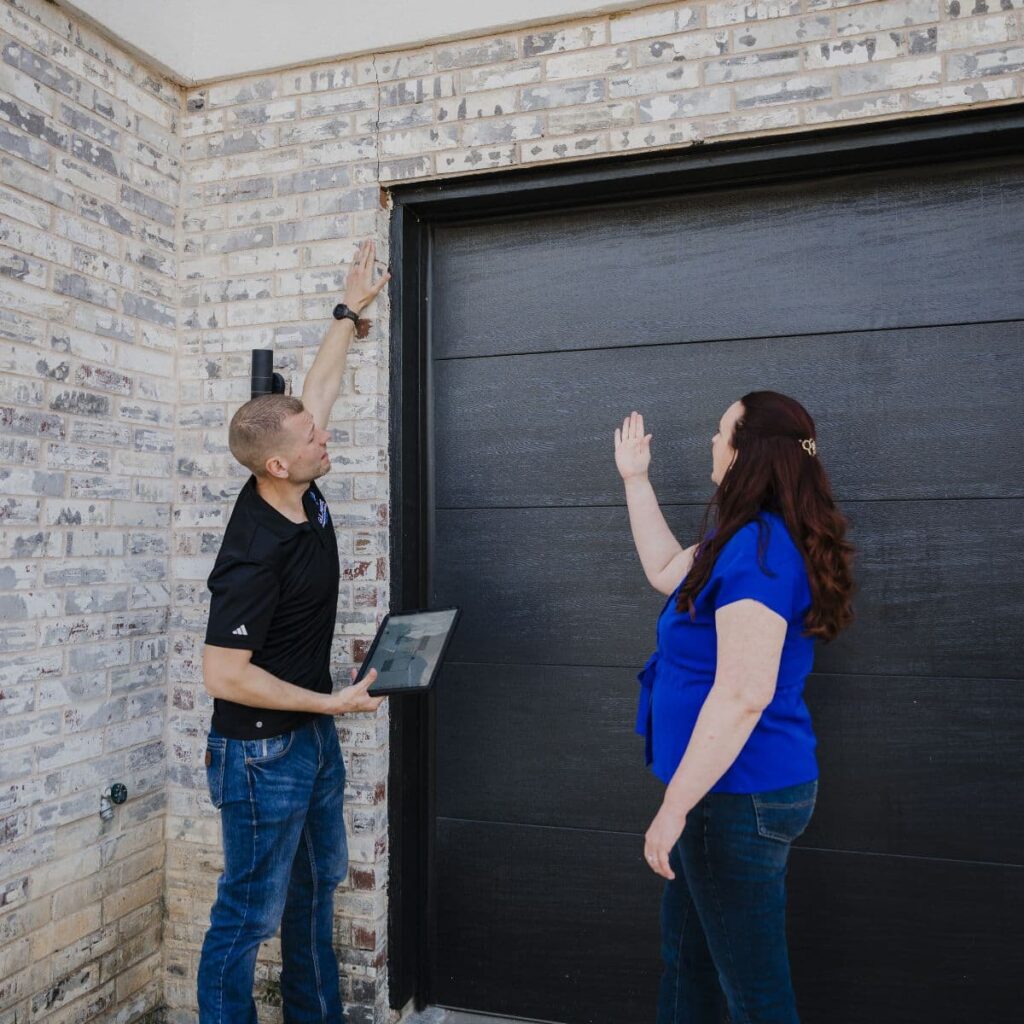
Professional vs. DIY Inspection: Which Is Right For You?
Understanding the specific type of cracks in your home is vital for implementing the right solutions. G.L. Hunt Foundation Repair provides detailed information and guidance to help homeowners make informed decisions about their foundation repair needs.
Our experienced team is always ready to answer questions, provide insights and offer personalized solutions to address your unique situation.
If you’re considering filling minor cracks yourself, it’s essential to use high-quality materials and techniques. While DIY solutions may temporarily address superficial issues, they might not tackle the underlying causes.
For long-lasting results and a comprehensive approach to floor and wall cracks, consulting with our professionals ensures a thorough assessment and effective resolution.
Trust G.L. Hunt For Foundation Services
In Fort Worth, where homes face unique challenges due to soil composition and climate, G.L. Hunt Foundation Repair is your trusted partner in resolving floor and wall cracks. Don’t let these issues compromise the safety and stability of your home.
Reach out to us today for a comprehensive inspection and personalized foundation repair solutions. Your home deserves the best care, and G.L. Hunt Foundation Repair is here to provide it.
